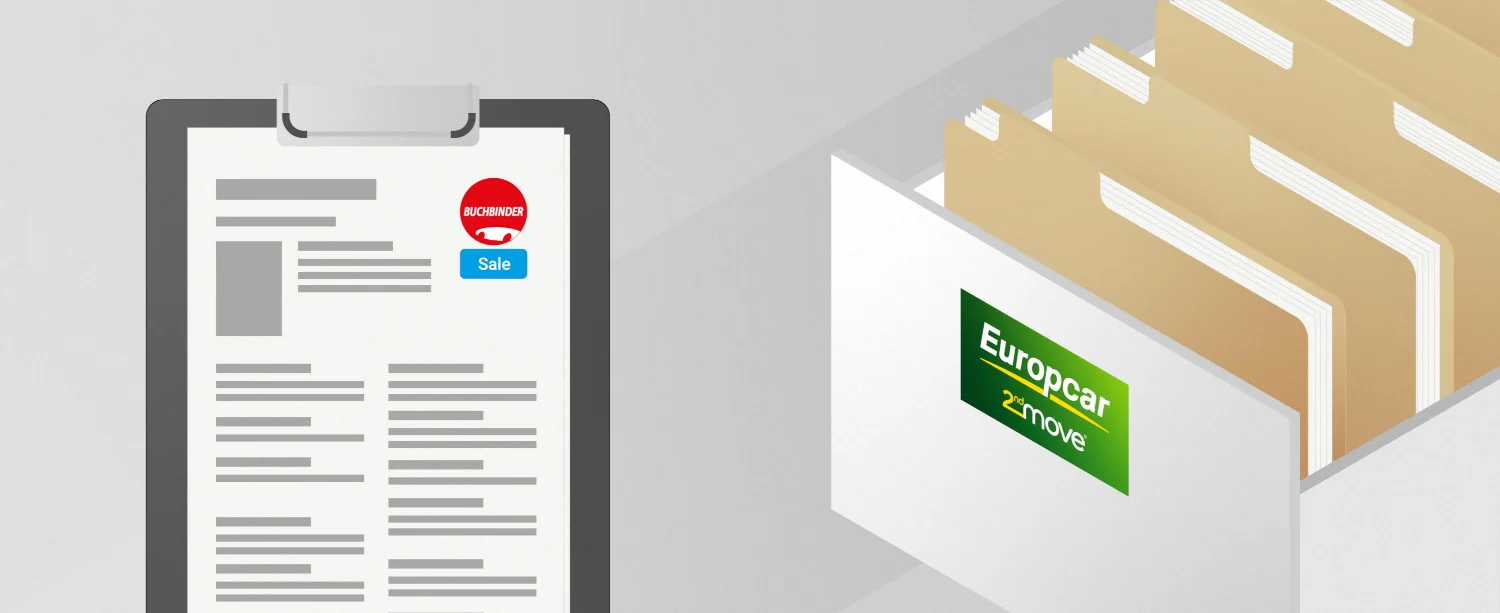According to the Federal Statistical Office, trucks and buses emitted 199.8 million tons of CO2 in Europe in 2021. This means they are responsible for more than a quarter of the CO2 emissions in EU road transport. Since truck traffic in particular does not stop at the German national border and is encouraged by global trade, a European solution must be found in order to achieve climate protection goals. Instead of fossil fuel truck transport, the future is primarily seen in the use of battery-electric trucks. This requires a Europe-wide dense and powerful network of charging stations.
This year, the European Union passed a new law that requires a charging station with a minimum output of 350 kW for electric trucks to be installed every 60 km along the main roads of the Trans-European Transport Network (TEN-T) by 2025. Charging stations should be available every 100 km along the secondary roads of the TEN-T, ensuring full network coverage by 2030.
In order to enable easy-to-use and uniform payment, it should be possible to pay at the charging stations using a payment card or device with a contactless function without a subscription. In addition, operators should provide comprehensive information electronically about the availability, waiting times or prices at their filling stations and charging stations so that this can be bundled in an EU database and made available to users.
Raquel Sánchez Jiménez, Spanish Minister for Transport, Mobility and Urban Agenda, explains that the new legal act is a milestone for the “Fit for 55” package adopted in 2021 to install more public charging capacity in cities and highways in Europe. “Fit for 55” is a package that the European Commission adopted in 2021 and is essentially intended to enable the EU to reduce its net greenhouse gas emissions by at least 55% by 2030 compared to 1990 and to be climate neutral by 2050. But how realistic is the expansion of electric charging stations for trucks in order to reduce CO2 emissions?
E-truck market is largest in Germany
The number of electric trucks on Europe's roads is currently growing very slowly. According to figures from the European Automobile Manufacturers' Association (ACEA), 1,656 vehicles with external charging options were newly registered in the EU in 2022. This corresponds to 33% more compared to the previous year. In an EU comparison, the largest market for electric trucks was Germany with 829 registrations. In second and third place are Sweden with 176 registrations and France with 166 registrations.
T&E forecast: truck charging infrastructure sufficient by 2030
Contrary to some reservations from truck manufacturers that truck expansion can only be progressed slowly due to a lack of charging stations, the sustainably oriented Transport & Environment (T&E) now predicts that the EU charging network will be more than sufficient by 2030 to support a significantly more ambitious Achieve electrification of European transport
The T&E analysis also shows that the German public charging infrastructure is sufficient to significantly increase the CO2 fleet limits for trucks in the EU. T&E is therefore calling on German lawmakers to mandate a 65 percent reduction in CO2 emissions from trucks by 2030, which goes beyond EU demands.
According to the forecast, Germany would then have charging energy of over 3.87 TWh per year for heavy commercial vehicles by 2030. That's twice as much energy as German electric trucks would need from public charging stations under the proposed 2030 limit.
ACEA calls for four times more charging stations
The ACEA, on the other hand, calls for four times more public charging capacity than would be needed to meet the CO2 limit by 2030. However, T&E fears that four times more public charging capacity would lead to an oversizing of the charging network and that each charging station would then only be used for an average of 30 minutes per day.
This oversizing can then only be kept going with government subsidies. In contrast, if the C02 limit were increased to 65% in 2030, charging stations would be used on average four hours a day.
It should also be borne in mind that most electric trucks are charged at private charging stations and therefore oversizing the network would lead to an underloading of public charging stations.
It is not possible to say clearly at this point in time whether the predictions and fears of one side or the other will come true. But it can be said that with its new law the EU has taken a decisive step towards e-mobility for trucks and will thus come a step closer to climate neutrality by 2050.
 To register, you will be redirected to the Europcar 2ndMove website. After registering, you can log in to Buchbinder-Sale.de.
Next
To register, you will be redirected to the Europcar 2ndMove website. After registering, you can log in to Buchbinder-Sale.de.
Next
 To register, you will be redirected to the Europcar 2ndMove website. After registering, you can log in to Buchbinder-Sale.de.
Next
To register, you will be redirected to the Europcar 2ndMove website. After registering, you can log in to Buchbinder-Sale.de.
Next






 Registration
Registration  Login
Login All vehicles
All vehicles  Direct Sale
Direct Sale
 Auctions
Auctions
 Service
Service
 Company
Company
 My Area
My Area 
